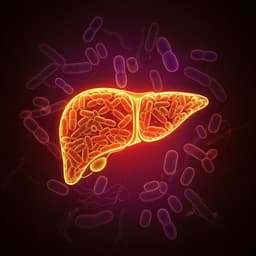
Agriculture
Agricultural input shocks affect crop yields more in the high-yielding areas of the world
A. Ahvo, M. Heino, et al.
Explore the critical impact of agricultural input shocks on food crop production, revealing how fertilizer shortages lead to dramatic yield losses in global maize and wheat. This groundbreaking research, conducted by Aino Ahvo, Matias Heino, Vilma Sandström, Daniel Chrisendo, Mika Jalava, and Matti Kummu, offers essential insights into enhancing the resilience of our global food systems.
Playback language: English
Related Publications
Explore these studies to deepen your understanding of the subject.







